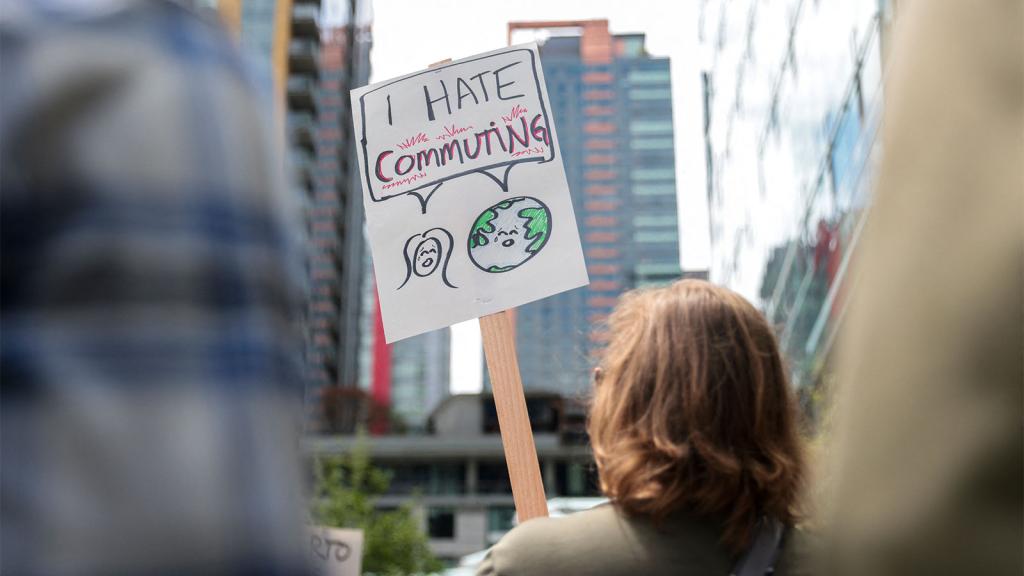The first follow-up to my recent post on carbon policy details.
First, a note to non-carbon-wonks: “Additionality” is a term of art in the world of carbon policy. It describes the degree to which a given activity causes additional carbon reductions — the idea being that we shouldn’t pay for carbon reductions that were going to occur anyway. As a fantastic oversimplification, suppose your car broke down and you had to ride your bike to work. The principle of additionality says you shouldn’t be paid for the carbon you didn’t emit. (You would have ridden anyway — what choice did you have?) But if there’s an increment of money that would tip you over into getting rid of your car and always riding your bike, that’s additional.
Theoretically, great idea. Practically? Stupid.
To understand why, go back to the test I posited in my earlier post: Does the metric increase or decrease the rate at which we invest capital to lower GHG emissions?
The answer for additionality is not what you’d expect, for rather subtle reasons.
First off, let’s note a couple truths:
- No one’s wallet is infinite.
- Any reduction in GHG emissions is going to require a change to the status quo and, therefore, some capital investment.
Note that the capital investment may be small (in the case of a CFL) or large (in the case of CCS). It may represent a really good, no-brainer investment (CFLs, energy efficiency, etc.) or a really bad investment (again, see CCS). But someone’s got to make a decision to spend that money. And since all wallets are finite, any policy that preferentially directs resources towards lower-return investments is a policy that fails to maximize GHG reduction.
Let’s make it concrete. Suppose I have a million bucks. Should I invest that million bucks in something that saves 1,000 tons of GHG emissions per year and saves me $500,000/year in energy costs, or should I invest it in something that saves 100 tons of GHG emissions per year and costs me $500,000/year in operating costs with no associated savings? That should not be a hard question … yet additionality tests make it so.
Why? Because additionality is a qualitative test. Too often it ends up being boiled down to financial metrics. Good investments, by virtue of being good, are judged to fall into the “you would have done that anyway” box, while bad investments, by virtue of being unable to attract sufficient capital, are deemed worthy of public incentive. Implicit is that public funds should only be put toward shoddy investments!
Worse, these tests are inadvertently hostile toward energy efficiency, which is the low-hanging fruit in the GHG-reduction orchard. If I can build a power plant that is 10 percent more efficient than the grid, it will generate a little bit of profit, but probably not enough to justify the capital investment. That means the resulting CO2 reductions could almost certainly be justified as “additional,” since I can’t make the investment without getting a public incentive to do so.
Now suppose instead I want to build a power plant that is 50 percent more efficient than the grid. That one has much lower operating costs and is much more profitable … which makes it more likely to fail additionality tests.
And so the additionality test will drive capital toward suboptimal investments and slow the rate at which we lower atmospheric GHG concentrations.
In practice, this makes carbon markets that rely on additionality tests extremely transaction-cost intensive. Potential project investors are at pains to explain and document why they’re not going to do this project without public support. Some of those explanations are true, some are bogus. But in all cases, it’s a pain in the butt to do all that justification (read: lots of time and money spent to get paid for carbon reductions). That means fewer carbon reductions are going to made. Investors just don’t want to go through the hassle of all that explainin’.
The irony is that we have good examples of carbon reduction markets that don’t work this way. Renewable energy credits are assigned as an attribute of the power, on a $/MWh basis. Make more renewable MWh and you get more $, rather than having to spend more time explaining why you deserve payment despite the fact that you’re making money.
We need to do the same with carbon emissions. Let’s stop worrying so much about whether or not investors are making too much money lowering carbon. Far more important is that we start lowering carbon.

